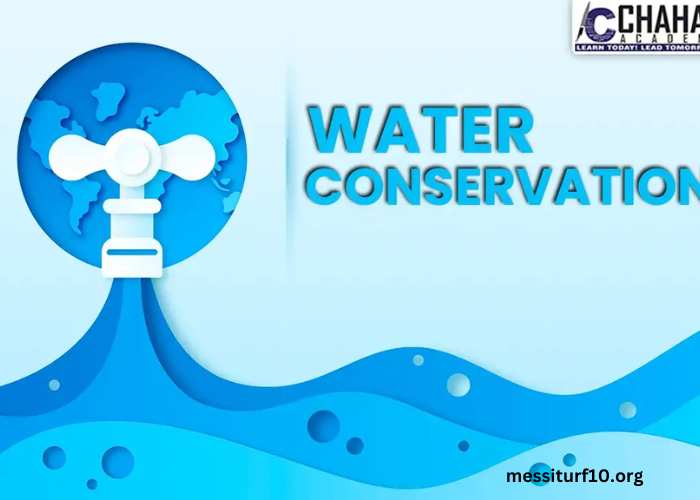Water conservation is an increasingly important issue in today’s world. From the rolling deserts to bustling cities, the demand for water is outstripping supply, making it essential to adopt water-saving practices in our daily lives. This post provides practical tips and innovative solutions that can help everyone contribute to preserving this invaluable resource.
Understanding the Importance of Water Conservation
Before we jump into strategies, it’s crucial to understand why water conservation matters. Water isn’t just necessary for our survival; it plays a pivotal role in agriculture, manufacturing, energy production, and sustaining the world’s ecosystems. However, as populations grow and climates change, the strain on water sources intensifies. By using water more thoughtfully, we can help mitigate the effects of droughts, reduce pollution, and maintain the health of the natural world.
Indoor Water Conservation Tips
- Fix Leaks: A dripping faucet might seem innocuous, but the wasted water adds up. Regularly check pipes, faucets, and toilets for leaks and repair them promptly.
- Upgrade to Efficient Fixtures: Low-flow showerheads, faucets, and dual-flush toilets can dramatically reduce water consumption in the home without sacrificing performance.
- Be Smart About Appliance Use: Only run dishwashers and washing machines with full loads. When it’s time to replace them, choose high-efficiency, water-saving models.
- Practice Water-Saving Habits: Simple changes like turning off the tap while brushing your teeth and shaving can save gallons of water over time.
Outdoor Water Conservation Strategies
- Landscape with Native Plants: Opt for plants that are adapted to your region’s climate and require minimal watering. Xeriscaping, or landscaping designed for dry environments, can reduce outdoor water use significantly.
- Install Drip Irrigation: Drip systems target specific areas and deliver water directly to the plant roots, minimizing evaporation and runoff.
- Harvest Rainwater: Collect rainwater from gutters and downspouts for use in the garden. It’s an excellent way to reuse a free resource.
- Prioritize Mulching: Mulch not only enriches soil but also retains moisture, reducing the need for frequent watering.
Innovative Water Conservation Solutions
- Greywater Systems: These systems recycle water from sinks, showers, and laundry for use in irrigation and flushing toilets.
- Smart Water Controllers: Utilize tech solutions to monitor and manage your watering schedule, reducing overwatering while keeping your garden in top shape.
- Water Walls: The concept of water walls—vertical gardens with an integrated water system—has taken hold in arid places like Utah. These structures not only beautify spaces but also contribute to the local ecosystem and microclimate regulation.
- Community Initiatives: Engage in community efforts like tree planting or stream restoration to improve the health of local watersheds.
The Role of Education and Advocacy
- Educate Yourself and Others: Learn about the water cycle, local water issues, and conservation techniques to spread awareness.
- Advocate for Policy Change: Support policies and initiatives that protect water resources and promote sustainable management.
- Participate in World Water Day: Engage with this annual UN event to learn more about global water issues and solutions.
Water conservation is a shared responsibility, and even small changes can have a significant impact. By integrating these strategies into your lifestyle, you contribute to a more sustainable future for all. Remember, every effort to conserve water helps preserve the balance of our ecosystems and ensures that everyone has access to this life-giving resource.
Conclusion
Water conservation isn’t a one-time action but a continuous commitment. Through individual choices and collective action, we can ensure that our water resources are protected and used wisely. Whether it’s installing water-efficient fixtures or getting involved in community projects, every step towards water conservation is a ripple effect that safeguards the earth’s most vital resource—bringing us closer to a secure and sustainable water future.





